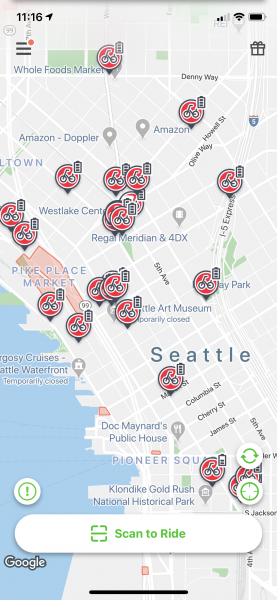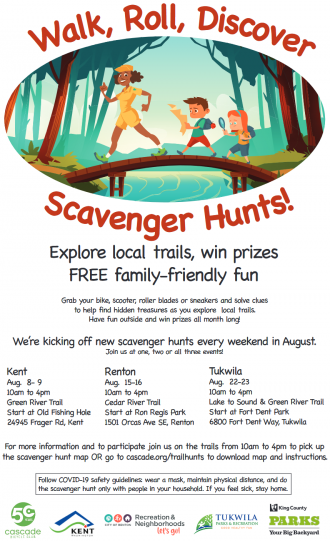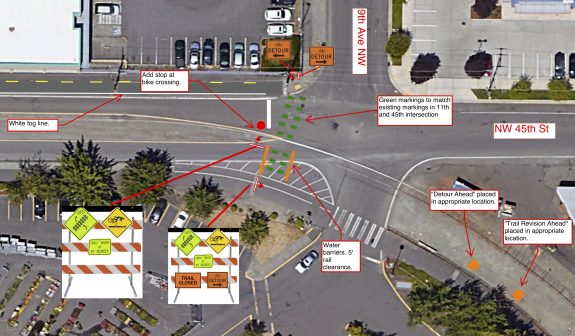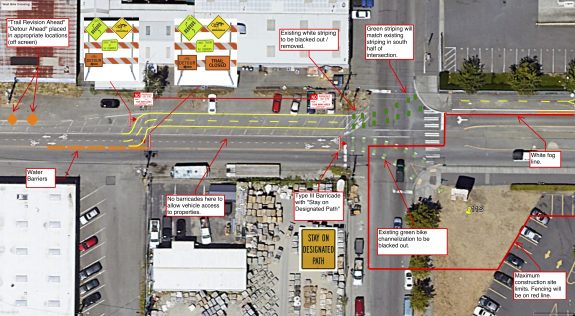
If you have been having trouble finding a bright red shared JUMP bike around town, relief may be on the way. Lime is planning to quadruple the number of shared e-bikes on Seattle streets from 500 to 2,000 by the end of summer, Geekwire reports.
Lime acquired JUMP in a complicated investment scheme with Uber back in May (wow, that really wasn’t very long ago but it sure feels like an eternity). After Seattle went about a month with no bikes available, Lime launched 500 JUMP bikes in June that were only available for checkout via the Uber app. Now Lime seems to have JUMP fully integrated into its system and is ready to start expanding.
But Lime’s Director of Strategic Development Jonathan Hopkins told Geekwire something the company has been saying a lot recently: The bikes are not a viable business on their own. Lime needs Seattle to allow scooters in addition to bikes in order to make it all pencil out.
The era of private bike share companies and investors losing money to prop up their services may be coming to a close. Scooters have been shown to be more profitable (or at least closer to profitable), though a scooter and a bike are also used in different ways. Lime says they hope to be able to balance both, though with more scooters than bikes. Seattle’s scooter permit has been in process for a long time but is still in limbo.
The incredible roller coaster of a private bike share experiment in Seattle in recent years has taught us so much about the benefits of bike share and the costs associated with it. Bike ridership increased steeply along with bike share, and it continued to climb even as the number of bikes in service decreased or stayed flat. The combination of building new protected bike routes and the availability of on-demand bikes was a clear success, at least from the perspective of a city with transportation, public health and environmental goals that all include increasing bike ridership. (more…)












